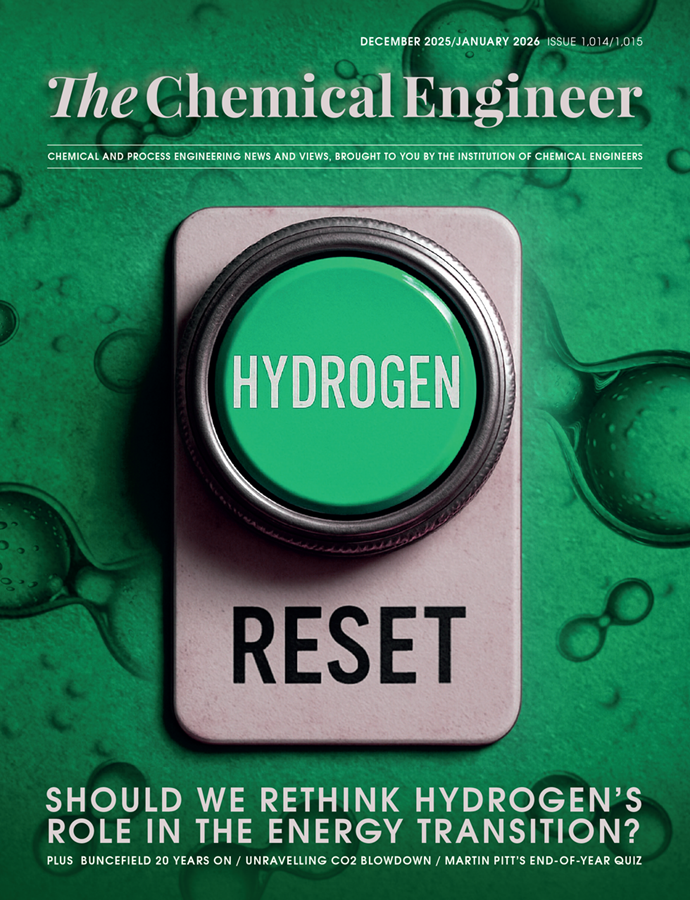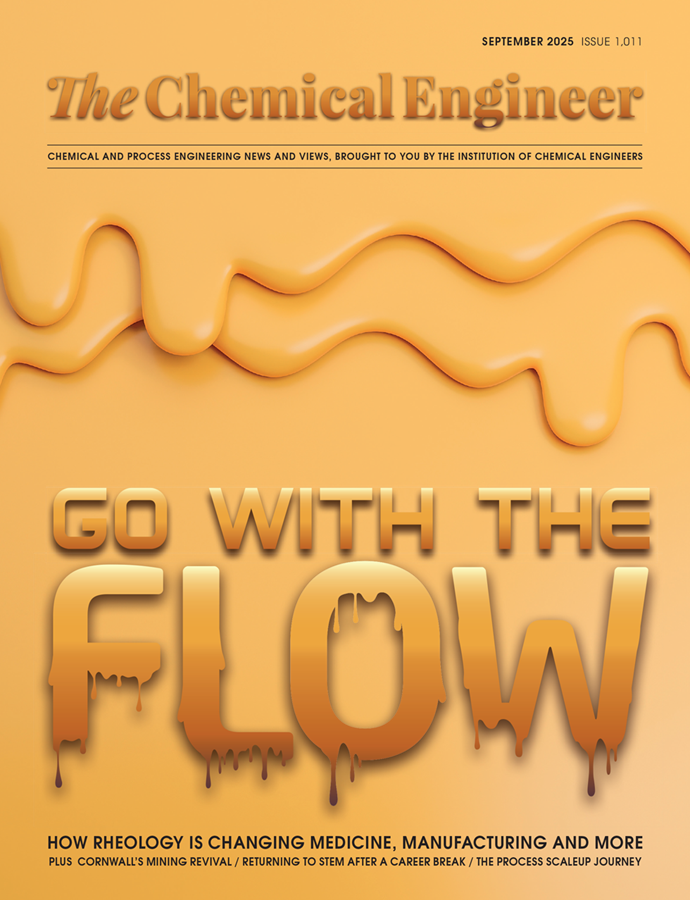US and UK companies join forces to develop maritime carbon capture technology

A BREAKTHROUGH shipboard system developed by US firm STAX Engineering and UK climate tech Seabound promises to scrub pollutants and CO2 directly from vessels at sea.
The integrated capture system connects directly to a vessel’s exhaust pipe, removing harmful pollutants, including particulate matter (PM) and nitrogen oxides (NOx) – which are linked to respiratory and heart diseases.
Maritime shipping accounts for 3% of total global emissions, according to clean transport and energy advocates Transport & Environment. The International Maritime Organization Net Zero strategy aims to reduce the carbon intensity of the international shipping industry by 40% by 2030.
STAX Engineering and Seabound say their technology provides a cost-effective solution to industry as vessels would not need to be retrofitted or undergo structural changes.
Trialling the technology
This year the team have conducted a number of trials with the technology, most notably a demonstration in Long Beach, California with a docked container ship.
The demonstration involved the installation of a carbon capture system and advanced scrubber system, which incorporates both Seabound and STAX’s respective technology. STAX’s technology filters out PM and NOx from shipping exhaust and converts it into purified gas.
The system – equipped with two filtering ducts – can remove up to 99% of PM and 95% of NOx. Since its launch last year, the technology has treated 663 docked vessels, accumulating 126 t of pollutants.
The purified gas is then processed by Seabound’s onboard carbon capture unit, which isolates up to 95% of carbon dioxide and 90% of sulfur. The resulting “cleaned” exhaust is primarily composed of CO2 and water vapour. Captured CO2 can be stored onboard for offloading, sequestered, or reused.
STAX and Seabound are looking to commercialise their technology and have secured a partnership with Japanese shipping giant NYK Line.
Seabound recently partnered with German manufacturer Hartmann Group, InterMaritime Group and Heidelberg Materials to equip the 5,700 t cement carrier UBC Cork with its carbon capture unit. The carbon captured will be stored as limestone which can be transported and used to produce cement at Heidelberg’s Brevik plant.
Recent Editions
Catch up on the latest news, views and jobs from The Chemical Engineer. Below are the four latest issues. View a wider selection of the archive from within the Magazine section of this site.




